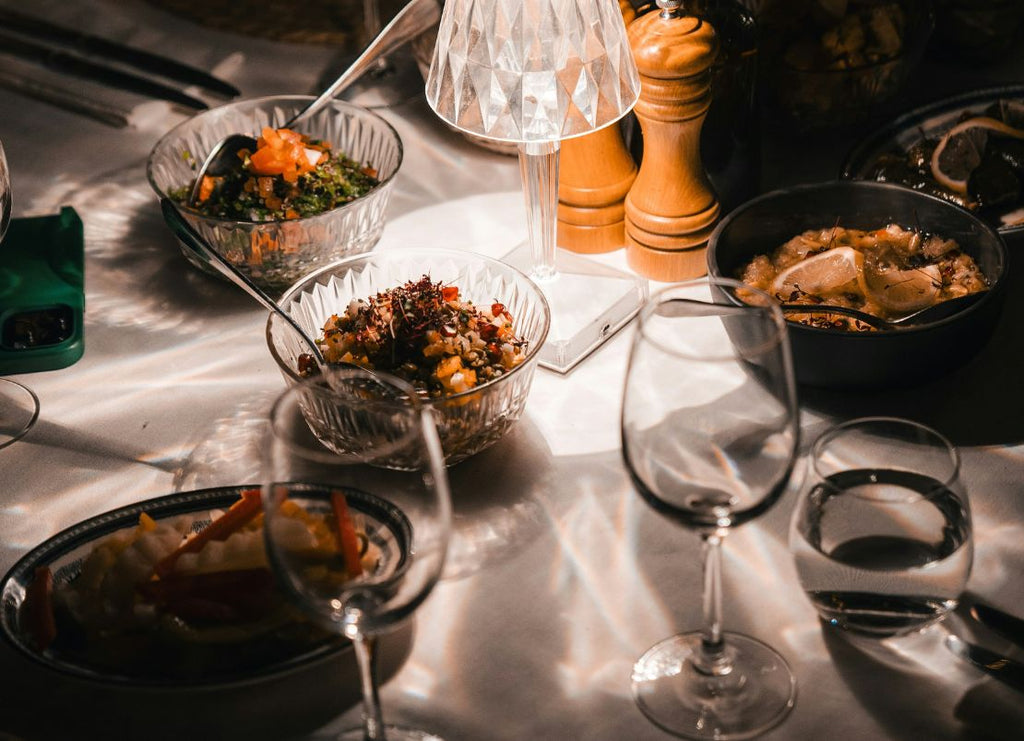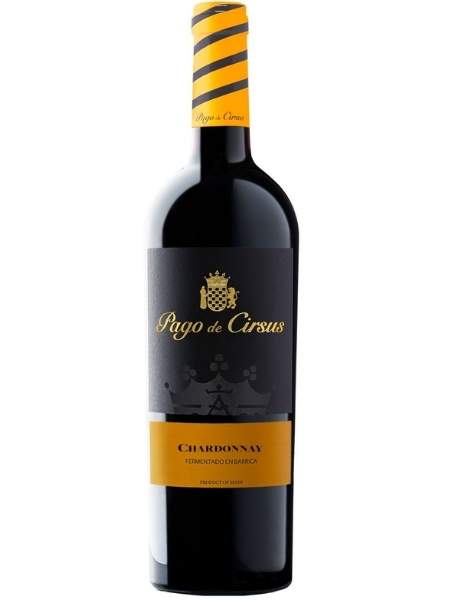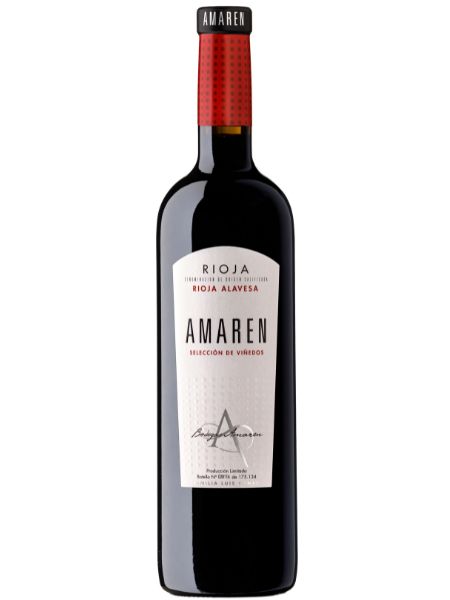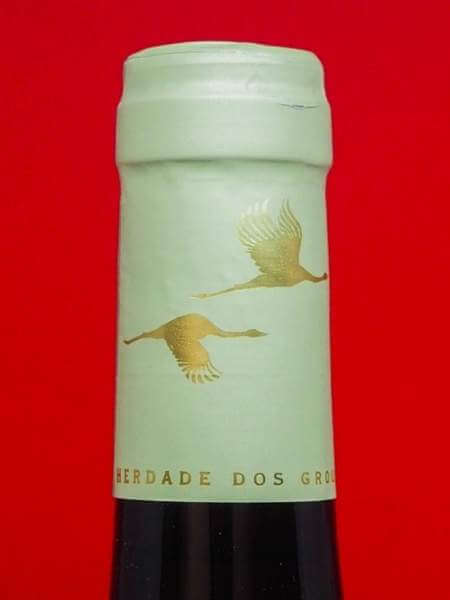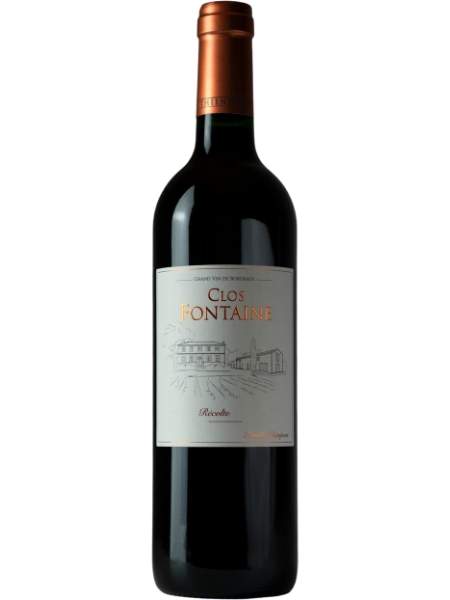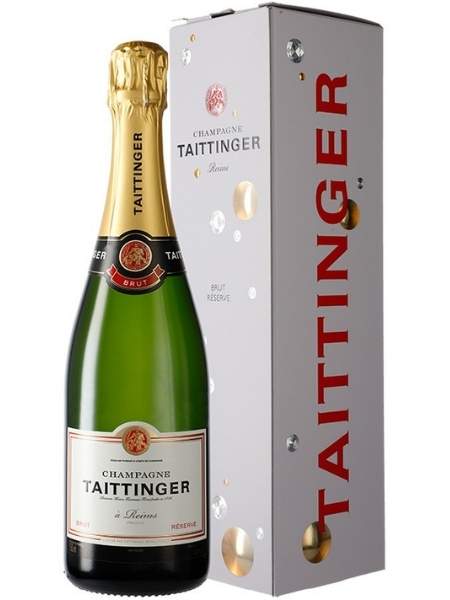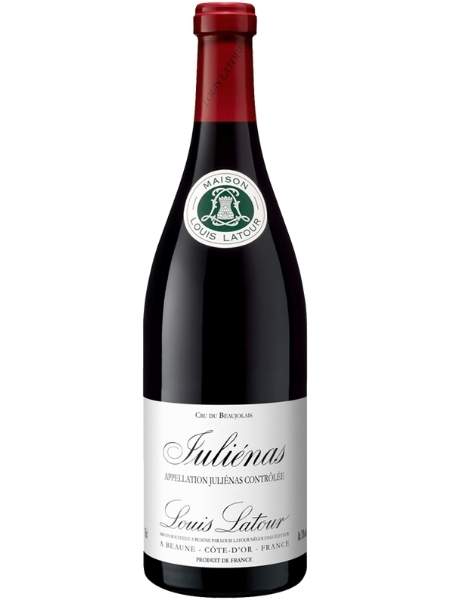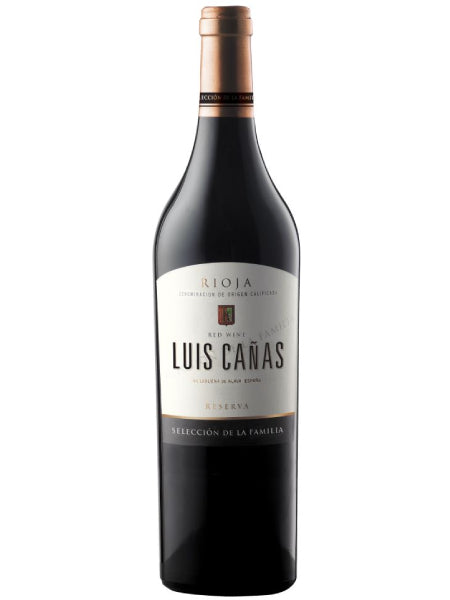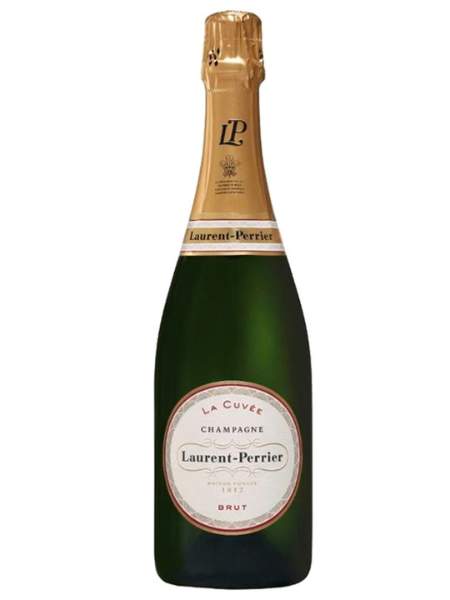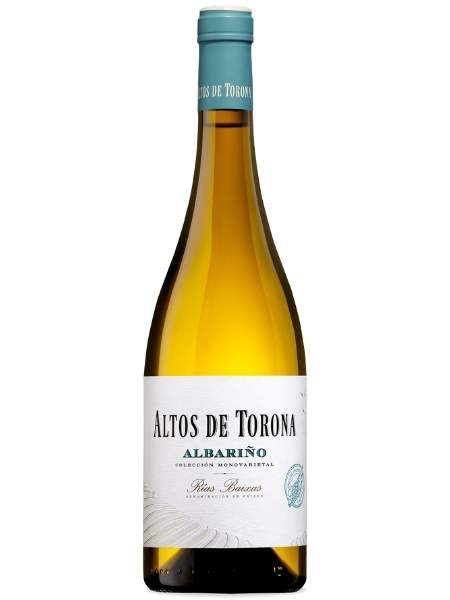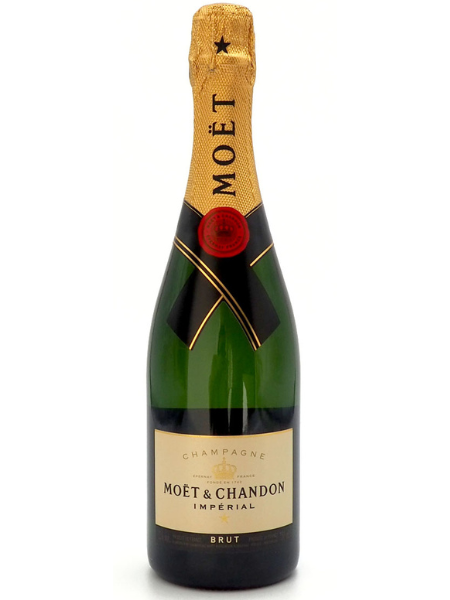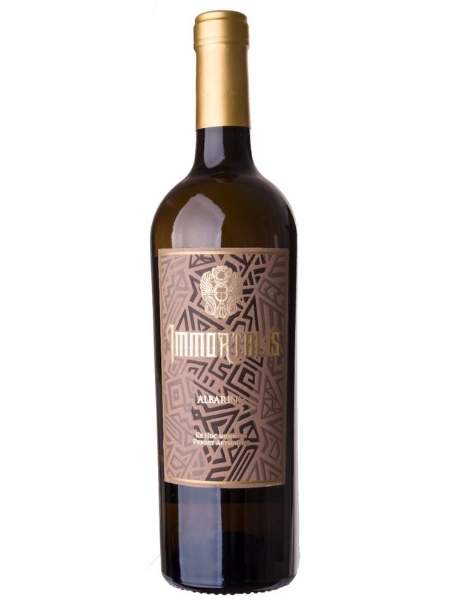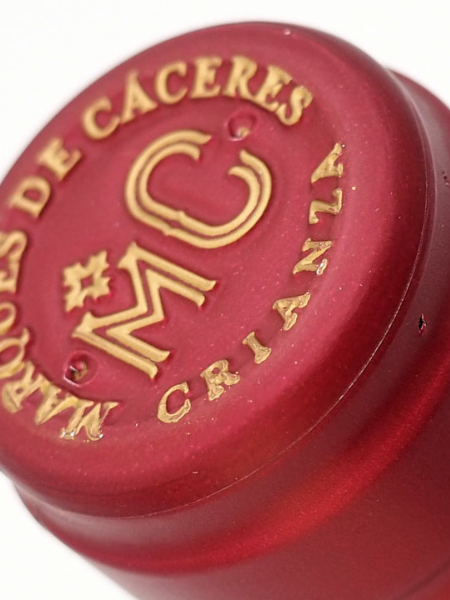
Understanding Denomination of Origin in Wines: What Is It?

Probably you´ve seen many times the sticker DO or DOC on the back labels of your favourite wines. Have you ever wondered what it is and how it is regulated? In this article, we will tell you all about the different denominations of origins and why some wines have them and others don´t.
A Brief Introduction to 'Denomination of Origin' for Wines
When we talk about D.O wines, we are referring to quality wines with a Designation of Origin. Wines with a designation of origin need to be from a geographical area or geographical region and need to follow a specific set of rules in the winemaking process, to ensure high-quality wines.
The denomination of origin exists to protect geographical the characteristics of the products, and the geographical environment and to ensure the specific quality of the food products.
Every country has different appellations to ensure the highest standard of quality, and to be able to differentiate one wine from the other one. Depending on the country, they may be called different, but their work is very similar throughout the world.
For example, in Spain it is called Denominacion de Origen (D.O), in Italy it is called Denominazione di Origine Controllata (DOC), in Portugal Denominacão de Origem Controlada (DOC) and in Germany Qualitätswein bestimmter Anbaugebiete (QbA).
French Designation of Origin
One of the most famous denominations of origin in the world is the one of Champagne. The Champagne region is found 150 Km from East Paris and is expanded over 34,000 hectares over 281,000 vineyard parcels. More than 15,000 winegrowers work in that region.
Champagne can only be named champagne if it is produced in a specific region in France and under the rules of their denomination of origin council, which was established on 29 June 1936.
In the case of champagne, it is called Appellation d ´Origine Controlée, (A.O.C), which in English is translated as Controlled Denomination of Origin. If the winegrowers do not comply with their regulations, then the bubbly drink can´t be considered champagne. It will be then considered as sparkling wine.
Some of the best Champagnes in the world include very famous houses such as Moet & Chandon, Dom Perignon, which is attributed to the discovery of the champanoise method, and Champagne Bollinger.
Also, a very famous denomination of origin in France is the Grand Cru denomination, which was established in Bordeaux in 1855.
Spanish Designation of Origin
In Spain, there are a total of 96 denominations of origin. One of the most famous ones is the one of D.O La Rioja. The D.O. Rioja was one of the first appellations in Spain and refers to the wines produced mainly in La Rioja and in some areas of the Basque Country, Navarra and Castilla y León. The Council monitors audits and controls the entire Rioja winemaking process, from the vineyard to the market.
The council also make an appraisal of the vintage and periodic inspections of the winery, in order to check the available stock by type of wine, vintage, number of barrels and bottles, back labels, etc. By doing so, D.O. La Rioja can verify the veracity of the declarations made.
Once all the above is checked, the bottles can receive the back label with the D.O. La Rioja. The control also later extended to how the wine is marketed and sold to the public.
Italian Designation of Origin
In Italy, the most famous D.O. is in Tuscany. Tuscany is famous for its history, landscape, art and wine. D.O. Chianti is one of the most popular Italian wines in the world. Their wines are made with Sagiovises grapes and it is home to the highest denomination of origin classification.
Even though wine producers need to comply with strict regulations and pay a fee to obtain the Denomination of Origin sticker on their bottles, there are many benefits for them.
By adhering to council control, wineries can acquire global recognition and added value due to their exclusivity. It allows wineries to access international markets thanks to the guarantee of originality.
Moreover, the denomination of the origin council makes sure that traditional cultivation methods are preserved. Finally, it provides security to the consumer knowing that it complies with the norms and quality standards.
If you haven´t tried wines from different denominations of origin, our experienced team of sommeliers has selected some wines for you to try.
Our Top 3 Wine Recommendations:
Champagne Moet & Chandon Imperial Brut Sparkling Wine: This is the most emblematic champagne of the French house, Maison Moët & Chandon. It is made of Chardonnay, Pinot Noir and Pinot Meunier grapes. On the nose, it is fresh with mineral notes. On the palate, it is smooth and elegant. We recommend pairing this champagne with appetizers, seafood, fish and white meat.
Luis Cañas Gran Reserva 2014 Red Wine: Great Spanish red wine from D.O. La Rioja. Rioja Luis Cañas Gran Reserva 2014 is a Spanish red wine with bright ruby red colour and a very high layer. It has a powerful nose that emits lovely fruity aromas as well as wood from its ageing. We recommend pairing this wine with roast lamb, game and grilled red meats.
Carpineto Chianti Classico Red Wine: Excellent Italian red wine from the Tuscany region. It is made of Sangiovese and Canaiolo grapes. Carpineto Chianti Classico had a ruby red colour and garnet reflection on ageing. On the nose, it presents intense aromas with hints of violet, berries and cherries. On the mouth, it has a velvety taste, well-rounded, full-bodied and well-balanced. We recommend pairing this wine with red meat.
We hope that from now on, you will be able to differentiate the main denominations of origin and that once you see them in your favourite bottle, you will immediately understand the provenance of your favourite wine.
Don´t forget to visit our store with over 550 international premium wines. If you want to know more about wineries, regions and the amazing world of wine, do not forget to subscribe to our newsletter!
See you later, wine lovers,
Victoria Estrada



